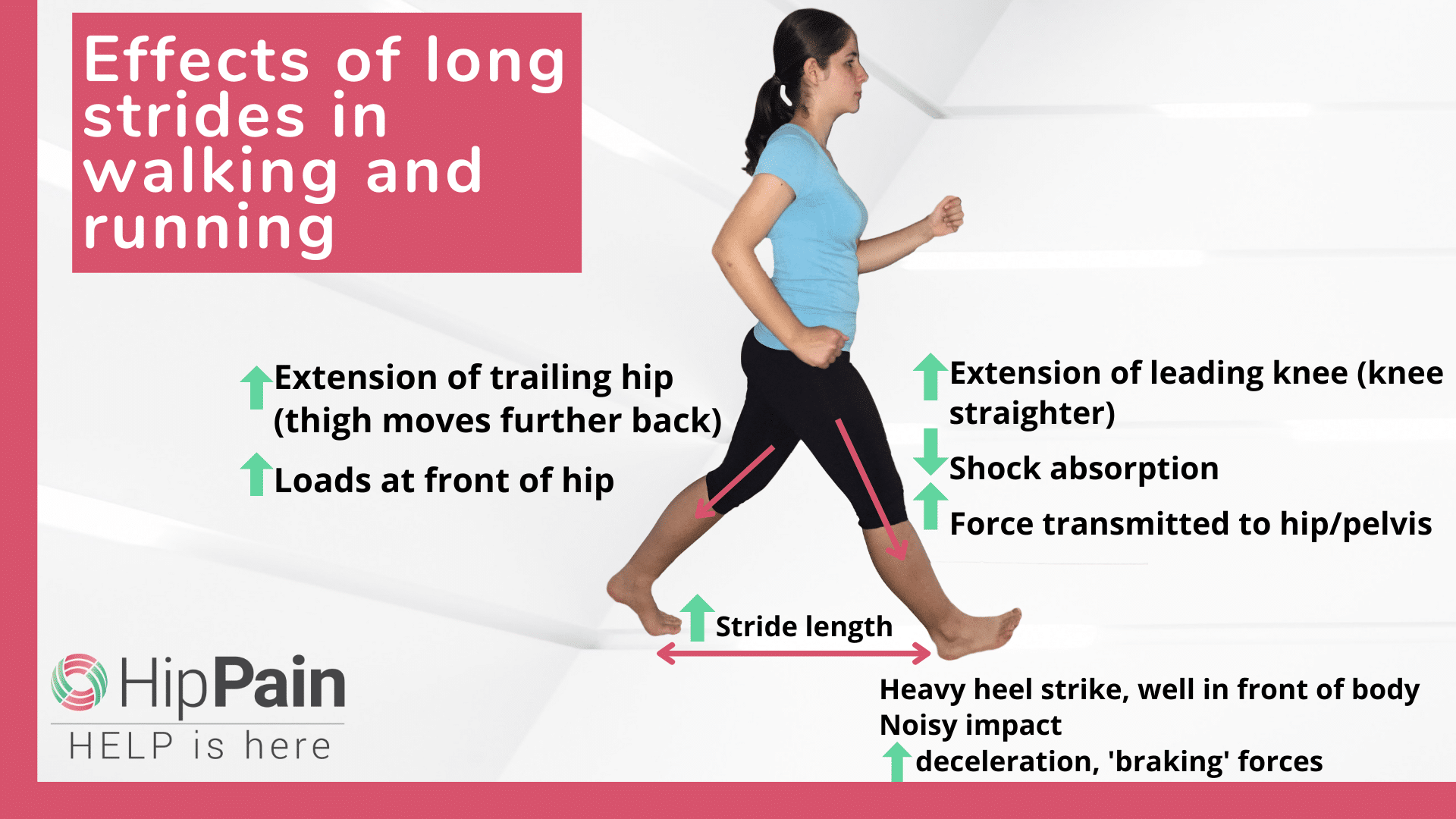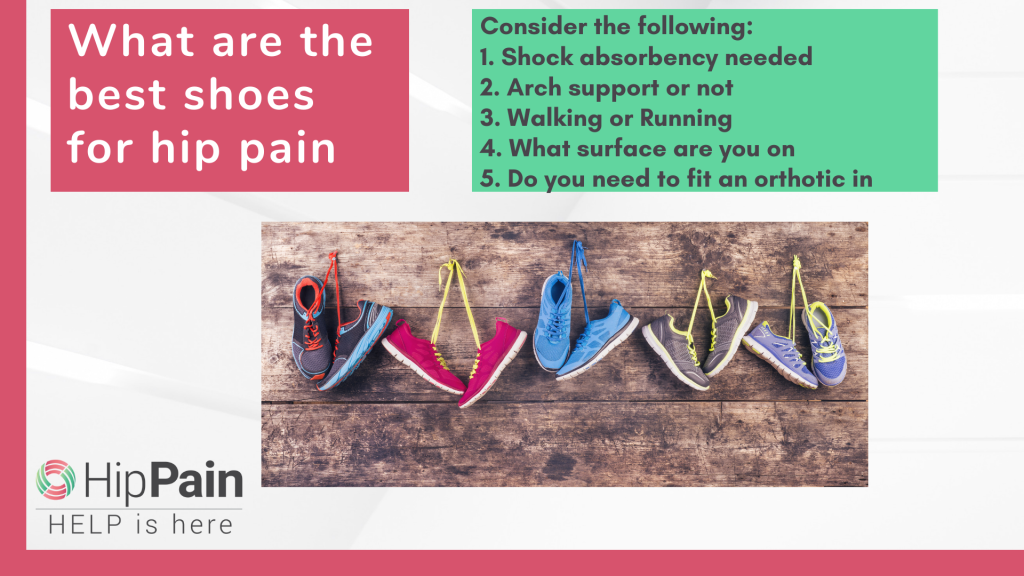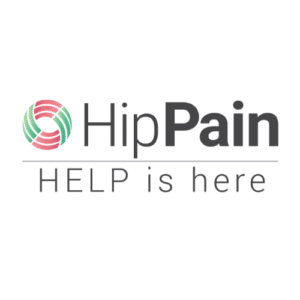
3 Simple Strategies to Reduce Hip Pain with Walking and Running
In this blog we share 3 simple strategies that we find helpful for those experiencing many different hip conditions, on how to reduce the pain whilst walking or running.

In this blog we share 3 simple strategies that we find helpful for those experiencing many different hip conditions, on how to reduce the pain whilst walking or running.
Recovering from Gluteal Tendinopathy, Trochanteric Bursitis or GTPS
FIRST LESSON IS FREE!
If so, you are not alone! Hip pain associated with walking or running is one of the most common reasons people visit our Hip Pain Professionals. The hip joints, muscles and tendons must absorb not only the load of your bodyweight during these weightbearing activities, but also the acceleration and deceleration forces imposed by gravity and movement. There are many factors that may influence the amount of force your hips are exposed to and the ability of your joints and muscles to absorb these forces without pain or injury.
In this week’s blog we are going to share 3 simple strategies to decrease your hip pain while running/walking, that we find helpful for people with many different hip conditions.
Are you an overstrider? Do others struggle to keep up with you, stride for stride?
Overstriding is a term used to describe walking or running with a particularly long stride or step length.
Key reasons for overstriding:


Have your family or housemates ever commented on what a noisy walker you are?
Hitting the ground with a noisy, heavy heel strike is often linked to overstriding, but not always. Even if you are not an overstrider, take a moment to listen to yourself walking or running. A harsh heel strike can result in higher forces being transmitted to the hip. If you are hitting a step target of 10,000 steps a day, these forces add up. The great news is that changing these forces when you walk or run, can make a huge and rapid difference to types of hip pain that are related to impact forces.
So, listen to yourself as you walk or run and if you hear yourself thumping the ground each time your foot hits the ground, walk or run more softly by simply trying to decrease the sound of your foot falls.

Do you find your hip pain is worse during or after taking to the hills for your walk or run?
Why? Well, for a start, hills are harder. In the same way that you get more out of breath when walking uphill, your legs must work harder to push you up a hill, particularly the muscles of the buttock (gluteals), back of the thighs (hamstrings) and calves. Particular body, hip and thigh positions and actions during hill walking can also increase some of the more challenging loads for tendons of the hips and pelvis. This may for some people result in pain aggravation. Gluteal and hamstring tendon pain around the sides of the hips and lower buttock, can both be especially irritated by uphill walking. So, try sticking to the flats for a while and see if it makes a difference to your hip or pelvic pain.
So, don’t just sit on the couch! Complete rest is rarely the answer. Try our top tips and visit one of our Hip Pain Professionals here.
Buttock pain can be a common issue that runners suffer from. One of the conditions you may be diagnosed with is “Piriformis Pain” also known as “Deep Gluteal Syndrome” or “Hip Related Sciatica”. If you are suffering from this you may want to check out our Recovering from Piriformis Syndrome Self Help Program. Our first lesson is completely free and will help you understand more about what this condition is and its symptoms, as well as give you some quick self assessment tests. – click here for more information.
Recovering from Gluteal Tendinopathy, Trochanteric Bursitis or GTPS
FIRST LESSON IS FREE!
How do you find the shoes that are right for you? There are many considerations when buying a shoe:
We recommend buying your shoes in person rather than online, as the number 1 most important thing is that the shoe is comfortable! Research studies that have assessed the effect of trying to match a shoe with a ‘foot-type’, for example overpronator or supinator, have not demonstrated benefit. So, it is really about your comfort and what you want to do in your shoes.
The salesperson in the shoe shop is likely to ask questions like the ones above and measure your foot for best fit. Think about the answers to these questions, so you end up with the best shoes for walking or running.
Trail shoes may not be the best for running on the road, and vice versa. Walkers have different features to runners. It is best to select a shoe for a particular purpose, if possible, rather than expecting a shoe to perform ideally in all situations.
Some shoes provide greater arch and heel cup support but may be heavier and more rigid – this may get fatiguing over longer distances. Light shoes conserve energy but will usually not provide as much support.
Often people ask us whether shock absorbing shoes will reduce hip pain associated with bursitis or hip osteoarthritis. While shock-absorption in your shoes will give the impression of a softer landing, because your heel doesn’t feel the impact as much, in fact the loads at your hip will be pretty much the same. That’s why Strategies 1 and 2 that we have outlined above will be much more important for reducing hip pain in walking or running.
If you have current or recurrent foot problems, you can see a podiatrist for an assessment and individualised advice on which shoes are likely to be best for you. A podiatrist can also provide a custom-fitted orthotic (shoe insert), if necessary.

A walking aid can be very helpful in reducing hip pain when walking. Sharing a little load through your upper body, can shift some load from the hip and reduce pain.
A walking aid can also benefit you by improving your walking technique. You might have noticed that especially when you get sore or tired, you limp or rock your body side-to-side. This can be related to muscle weakness, lack of endurance, or your nervous system’s attempt to escape from pain.
An aid like a walking stick, an elbow crutch or Nordic walking poles can reduce your hip pain by restoring more normal movement patterns. This will also be helpful for your back and knees, that are also often irritated by these walking pattern changes.
Many people stop walking due to their pain, but walking is such an incredible exercise for musculoskeletal conditioning and your whole general health. Many people find that using walking poles to alleviate hip pain can keep them active, which is a great outcome. You can read more about the benefits of nordic pole walking for pain relief by clicking here.
If you are using one walking pole or a walking stick (walking cane), make sure you use it in the hand opposite the side of your hip pain. You can read more about optimal walking stick technique by clicking on the bolded text in this sentence.
In our linked blog on how to use a walking stick, you will also find out how to set it up so it is at the correct height, reducing stress on other areas such as your shoulders and back.
Nordic poles can be another fantastic way to potentially reduce pain around your hip or pelvis when walking. Make sure you are fitted out correctly and taught how to use these for best effects. It might be worth trying to hire a pair of poles first to see if they will be an effective tool in reducing your hip pain walking.

Would you like to purchase your own Walking Poles?
Want to explore the range of walking poles we recommend?
Click the link below to find out more!
Recovering from Gluteal Tendinopathy, Trochanteric Bursitis or GTPS
FIRST LESSON IS FREE!
This blog was written by Dr. Alison Grimaldi, with contribution from one of our Hip Pain Professionals, Kirsty McNab, experienced physiotherapist.
Dr. Alison Grimaldi is a globally recognised expert physiotherapist, researcher, and educator, who has over 30 years professional clinical experience helping patients recover from a wide range of hip and pelvic conditions.

Dr. Alison Grimaldi BPhty, MPhty(Sports), PhD, FACP
Dr Grimaldi has completed Bachelor of Physiotherapy, Master of Physiotherapy and Doctor of Philosophy (Physiotherapy) degrees. She is a fellow of the Australian College of Physiotherapists, Practice Principal of PhysioTec Physiotherapy, an Australian Sports Physiotherapist , an Adjunct Senior Research Fellow at the University of Queensland, as well as an author and global educator. Her passion is helping people with hip pain, and educating other health professionals around how to help more people with hip pain.
Hip Pain Professionals involved in rehabilitation and exercise prescription such as physiotherapists/physical therapists or exercise physiologists can:
Visit one of our Hip Pain Professionals here.

From this blog, you can appreciate that there are small changes that you can make to everyday things you do, with often powerful effects in reducing your hip or pelvic pain. If you are struggling to put any of this into action don’t forget that you can discuss this blog with your Hip Pain Professional who can help guide you through the changes in what you are doing when you walk or run.
Check out our blog looking more at “load management”, including more on hills. Load management examines what types of activities you are doing, how you are doing them, how much to do in one session and how often. Careful consideration and planning of your activity levels can also be extremely effective in making your hips happier. – Check here to find out more!
Or sign up to our newsletter below and receive lots of great info directly to you.
